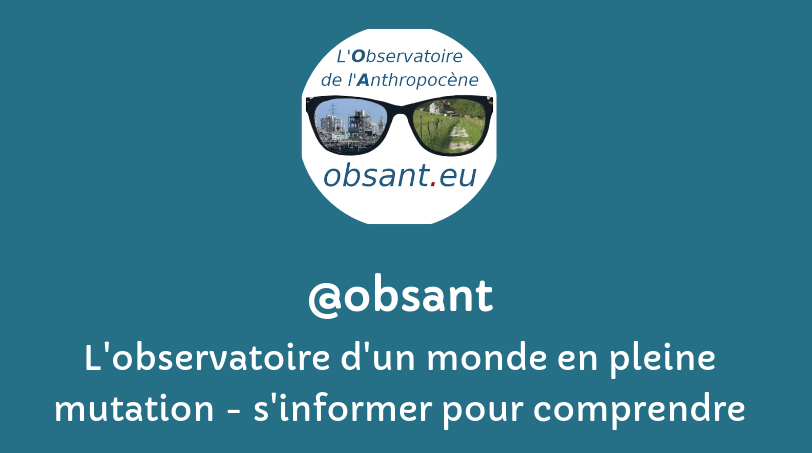Page de l’Observatoire de l’Anthropocène dédiée :
au groupe No Collapswashing sur FaceBook
à l’hashtag #nocollapswashing sur Mastodon
Le collapswashing, succédant au greenwashing, désigne non seulement la dissimulation des destructions environnementales mais dénonce également ceux qui font croire qu’ils préviennent les risques de déclin ou d’effondrement, alors qu’ils ne font que dissimuler ce qui décline ou s’effondre. Source : Vincent Mignerot
Les champs auteur(e)s & mots-clés sont cliquables. Pour revenir à la page, utilisez le bouton refresh ci-dessous.
filtre:
Tom Perkins
19 avril 2025
Microplastics have been found for the first time in human ovary follicular fluid, raising a new round of questions about the ubiquitous and toxic substances’ potential impact on women’s fertility. The new peer-reviewed research published in Ecotoxicology and Environmental Safety checked for microplastics in the follicular fluid of 18 women undergoing assisted reproductive treatment at a fertility clinic in Salerno, Italy, and detected them in 14.
27 mai 2023
Recycled and reused food contact plastics are “vectors for spreading chemicals of concern” because they accumulate and release hundreds of dangerous toxins like styrene, benzene, bisphenol, heavy metals, formaldehyde and phthalates, new research finds.
12 mai 2023
Chemicals yield profit of about $4bn a year for the world’s biggest PFAS manufacturers, Sweden-based NGO found
13 mars 2023
Research finds waste flushed down toilets and sent to sewage plants probably responsible for significant source of water pollution
08 mai 2022
PFAS-tainted sewage sludge is used as fertilizer in fields and report finds that about 20m acres of cropland could be contaminated
18 décembre 2021
The Stockholm University study highlights the chemicals’ mobility, which has been found in penguin eggs and polar bears
09 juillet 2021
Many of the world’s plastic containers and bottles are contaminated with toxic PFAS, and new data suggests that it’s probably leaching into food, drinks, personal care products, pharmaceuticals, cleaning products and other items at potentially high levels.
![]()



